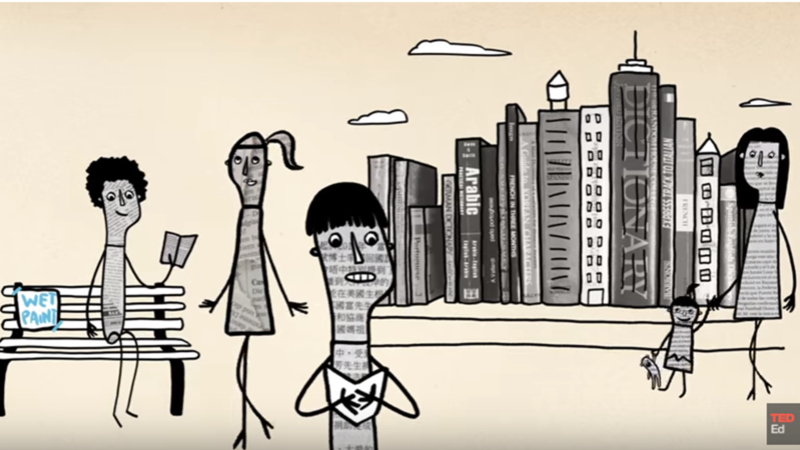Prior to the 1960s, scientists thought children who spoke more than one language had a handicap for learning because they had to spend too much time distinguishing between languages. With more modern brain imaging technology, researchers can now see how multilingualism actually strengthens the brain. People who speak more than one language have a higher density of gray matter that contains most of the brains neurons and synapses.
Scientists are also beginning to distinguish between young children who grow up learning and speaking two languages as compared to those who learn a second language in adulthood. Children use both hemispheres of the brain to acquire language, which means they often grasp the emotional implications of language more deeply. In contrast, adults who learned a second language tend to approach problems presented to them in that language in a more rational, detached way. Scientists hypothesize that it's because adults often acquire language through the left hemisphere of the brain.
Learn more about the fascinating brain research around multilingualism from this TED-Ed video and the accompanying lesson plans. Many classrooms are filled with students who speak more than one language and they should know that ability is a great strength.


